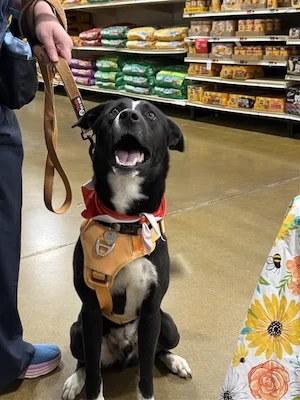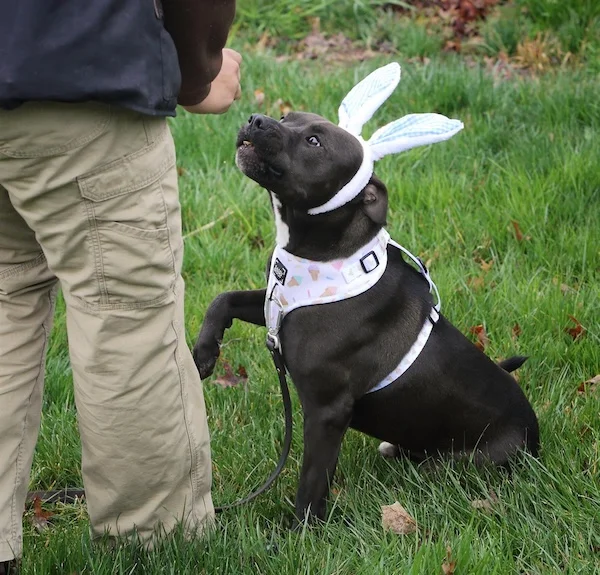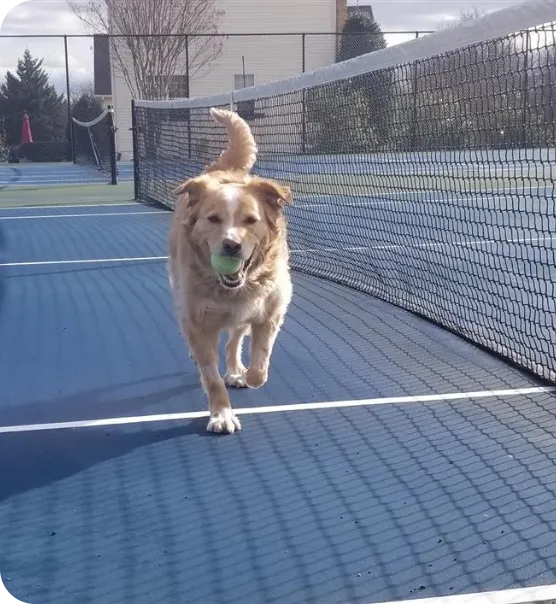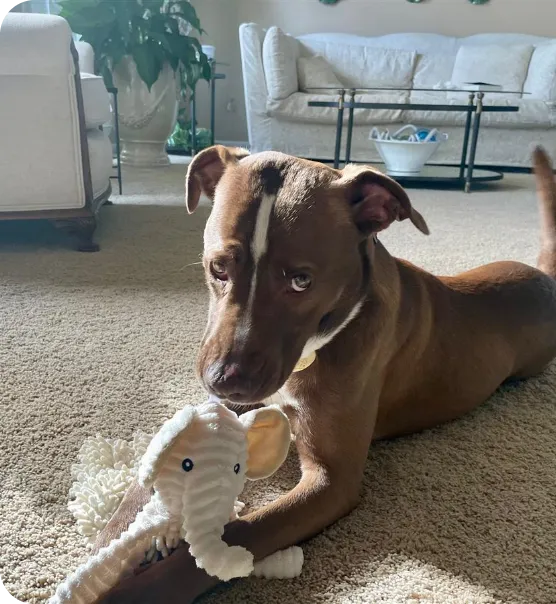4 Ways A Dog’s Body Language ‘Speaks’ to You
Understand Your Dog’s Body Language as a Way of Communicating
It Helps to Form Bonds, Keep You Safe, and Love Them Even More!
Dogs are not just animals that bark and wag their tail. They have complex senses that help them communicate with humans, other dogs, and their environment. Sometimes it’s hard to comprehend what they’re trying to convey because humans are listeners who hone in on the sounds our dog makes, while dogs are watchers. They fall back on all of their senses, which sometimes makes it difficult for us to understand their intent or emotional state. And how they ‘talk’ to other canines differs from how they communicate with us. That is why it is important to try to understand a dog’s body language in order to know what your pup is trying to tell you.
Here are four significant ways in which dogs communicate with humans:
- Vocalization: Dogs can make over ten different vocalizations, many of which depend on what is happening around them. These sounds include barks and growls for when they’re playing or being aggressive.
- Body Language: Dogs use body language to tell us how they feel or what they want to do next. For example, when a dog is relaxed, it will lie down on its side or back with its paws outstretched in front of it. When the dog is alert, it will stand up on all fours and look around the room for potential threats. Other reliable indicators of a dog’s mood are its ear position, its mouth, and how they carry its tail.
- Facial Expression: Dogs have an extensive range of facial expressions that can show emotions such as joy or anger, but they don’t use them in the same way we do. Case in point: Humans yawn because we’re tired or bored, but dogs yawn when they’re nervous or stressed. The act itself calms them down. And if you’re wondering if yawns are as contagious to dogs as they are to us, they are!
- Eyes: Another key indicator of whether a dog is feeling anxious or tense is when a dog shows the whites of its eyes. Or, take a look at their eyes in general. Are they “soft” or “hard”? Hard eyes — you know, the look– can indicate a negative state of mind, and a hard stare or dilated pupils usually signals a threat. When it looks like your dog is squinting, it often means they’re content and happy.
These visual examples of reading a dog’s body language may also help you to better understand their emotions or intent:
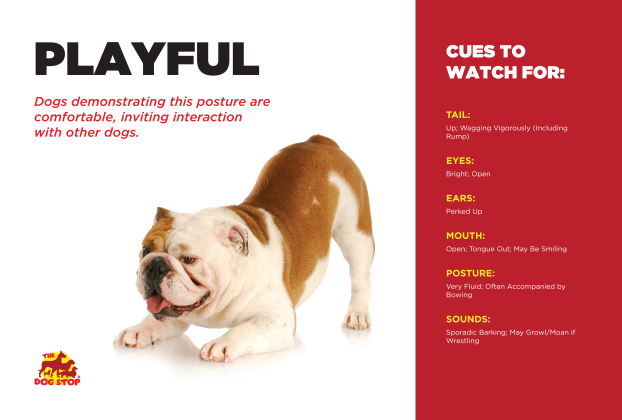
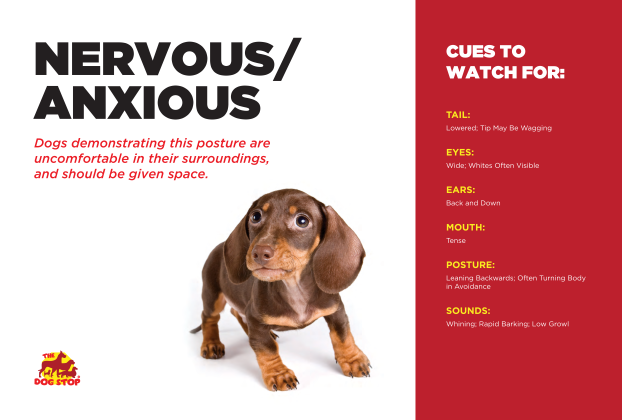
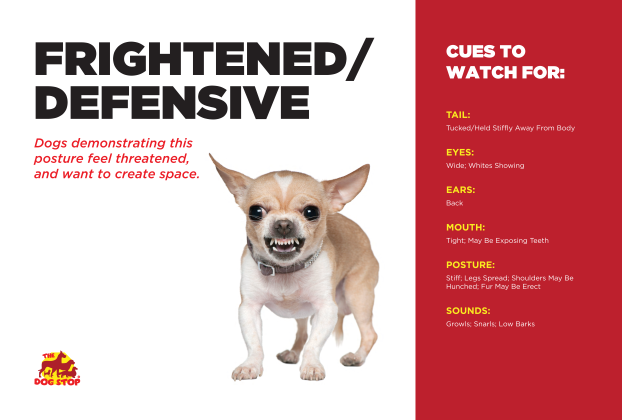
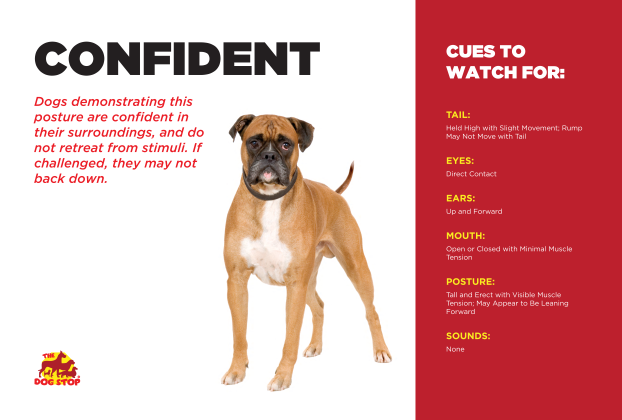
For more information on your dog’s behavior, check out some of The Dog Stop®’s dog behavior videos.
References:
Reynolds, CPDT-KA, B., Director of Dog Care, The Dog Stop®
Horwitz, DVM, DACVB, D., & Landsberg, DVM, DACVB, G. (n.d.). Canine communication – interpreting dog language: VCA Animal Hospital. Vca. Retrieved October 7, 2022, from https://vcahospitals.com/know-your-pet/canine-communication—interpreting-dog-language

